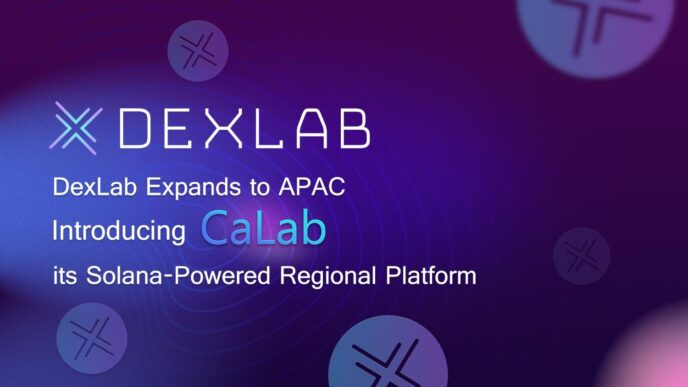Introduction:
Software as a Service (SaaS) has emerged as a transformative force in the tech industry, revolutionizing the way businesses and individuals access, use, and pay for software applications. This cloud-based delivery model has experienced unprecedented growth in recent years, reshaping the software landscape and offering businesses scalable solutions for their diverse needs. In this article, we delve into the key factors driving the growth of SaaS and explore its impact on industries, businesses, and the global economy.
- Scalability and Flexibility:
- One of the primary drivers of SaaS growth lies in its scalability. Businesses can easily scale their software usage up or down based on their requirements, allowing for flexibility in adapting to changing workloads or expanding operations.
- Cost-Efficiency:
- SaaS eliminates the need for businesses to invest in expensive hardware, infrastructure, and in-house IT resources. With a subscription-based model, companies can access powerful software without the upfront capital costs associated with traditional software purchases.
- Accessibility and Collaboration:
- The cloud-based nature of SaaS facilitates anytime, anywhere access to applications, promoting collaboration among teams spread across different locations. This accessibility enhances productivity and supports the growing trend of remote work.
- Automatic Updates and Maintenance:
- SaaS providers handle software updates and maintenance, ensuring that users always have access to the latest features and security patches. This relieves businesses from the burden of managing software updates and allows them to focus on core operations.
- Diverse Application Offerings:
- SaaS covers a broad spectrum of applications, ranging from customer relationship management (CRM) and project management to human resources and accounting. This diversity enables businesses to find specialized solutions tailored to their unique needs.
- Subscription-Based Model:
- The subscription-based pricing model of SaaS aligns with the growing trend of pay-as-you-go services. This allows businesses to manage costs effectively, paying only for the features and resources they use.
- Global Reach and Market Expansion:
- SaaS enables businesses to reach a global audience without the need for physical infrastructure in each location. This global accessibility fosters market expansion and provides companies with the tools to compete on an international scale.
- Innovation and Integration:
- SaaS providers constantly innovate to stay competitive, leading to the development of cutting-edge features and functionalities. Integration capabilities allow businesses to combine multiple SaaS applications, creating a seamless workflow across various processes.
Challenges and Future Trends:
While SaaS growth is undeniable, challenges such as data security, vendor lock-in, and the potential for increased subscription costs over time must be considered. Additionally, future trends indicate a continued evolution of SaaS, with a focus on artificial intelligence (AI), machine learning, and increased emphasis on cybersecurity to address potential vulnerabilities.
Conclusion:
The growth of Software as a Service represents a paradigm shift in how businesses leverage technology to drive efficiency and innovation. As SaaS continues to evolve, its impact on industries and the global economy is poised to deepen. The flexibility, accessibility, and cost-efficiency offered by SaaS make it a key player in the digital transformation journey for businesses of all sizes, promising a future where software solutions are not just tools but strategic enablers of growth and success.












